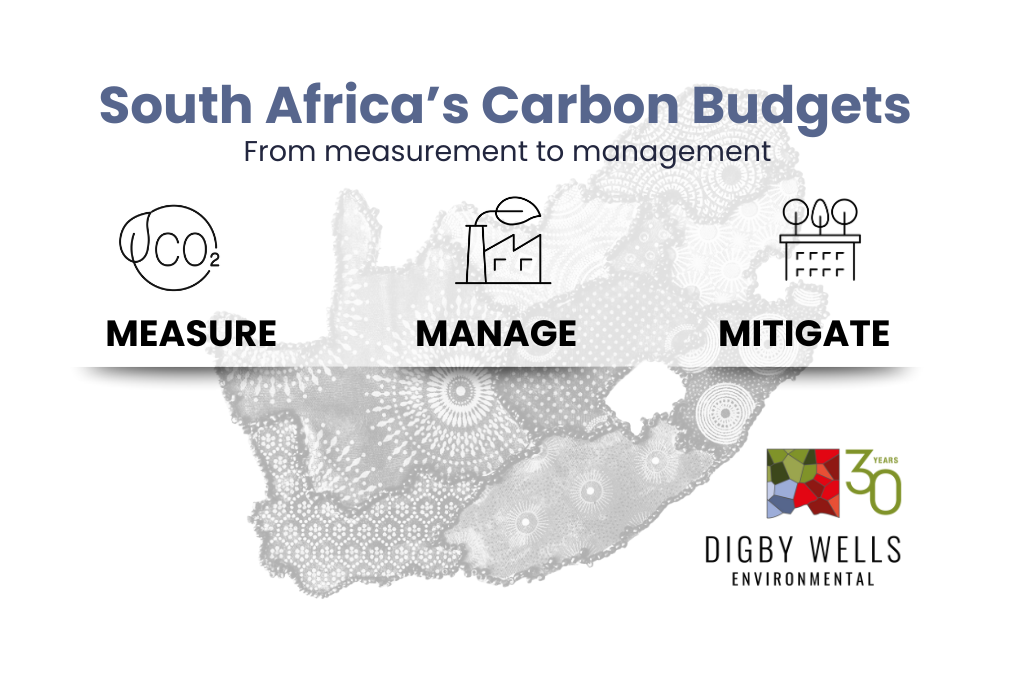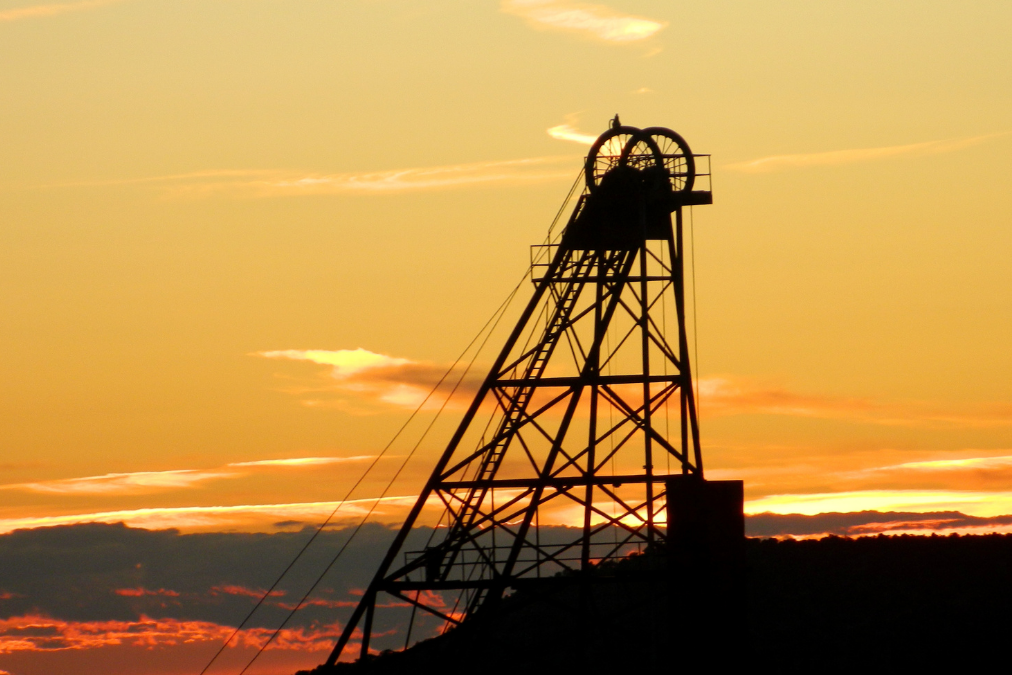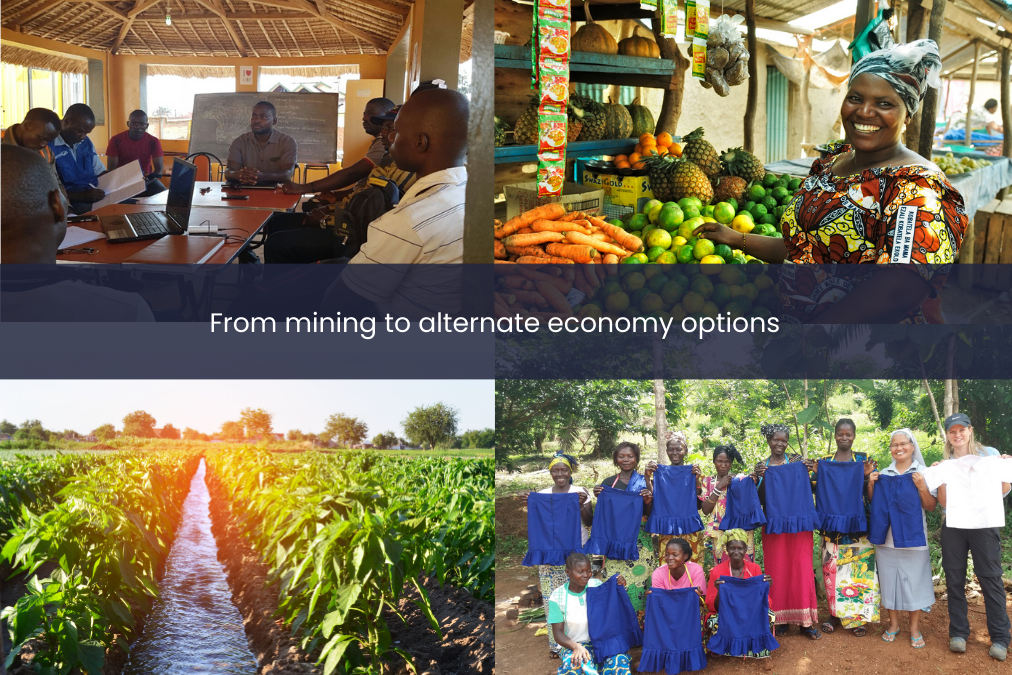
How Social Closure Planning Shapes Lasting Legacies
Closure is not the end of mining; it’s the point where communities start to write their next chapter.
The Shift from Compliance to Co-Creation
Mine closure is inevitable, what is not inevitable is whether the process leaves behind a desperate community or a long-term legacy. For decades, closure has been treated as a compliance tick box exercise when operations cease. The pattern is often predictable: lost jobs, economic decline, and environmental damage.
That is starting to change. As more social practitioners and mining leaders bring closure planning forward into the life of mine, we are beginning to see different outcomes: alternative economies, new uses for mined land, and communities who feel they have a real say in what comes after extraction.
These shifts did not happen on paper first, they started in conversations – between social teams, mine managers, municipal officials, cooperatives and community leaders who were tired of seeing the same story repeat itself. A new generation of mining leaders and social practitioners are proving that closure can mean something different. When planned early and collaboratively, closure becomes a platform for social innovation, economic diversification, and community empowerment.
This also proves that South Africa’s journey from extraction to regeneration is far from over, but it is gathering momentum. Mines like Palabora and Tshikondeni, and global exemplars like the Eden Project, show that mine closure can be transformative if approached with foresight, creativity, and genuine partnership.
This article aims to showcase the benefits of early closure planning together with communities. South Africa has a deep mining heritage and it offers both cautionary tales and inspiring success stories.
Why Early Planning Matters
Early social mine closure planning achieves three things that no retrofit can match:
- Reduces social and economic impacts
Early planning identifies community dependencies and risks before they become crises. - Creates space for new livelihoods post-closure
It allows time for skills development, enterprise incubation, and infrastructure and land reuse. - Builds lasting stakeholder relations, trust and reputation
Ongoing engagement transforms communities from beneficiaries to co-creators of the post-mining landscape.
Communities must not be passive receivers of mine closure; they must be active architects of what comes next.
South African Mine Closure Case Studies
- Palabora: Planning Around a Regional Economy
Palabora Mining Company (PMC) integrates mine closure into its operations through proactive planning, concurrent rehabilitation, and annual budgeting as an operational cost, viewing it as a continuous process rather than a final event. Long before decommissioning, the company collaborated with municipalities, traditional leaders, and local businesses to plan for life after copper. The result is a multi-sector transition strategy supporting tourism, local enterprises, and agricultural ventures.
Closure in a single-industry town must be treated as regional economic planning, not an isolated corporate responsibility.
- Tshikondeni: From Coal Pit to Eco-Tourism Potential
The Tshikondeni coal mine, after closing in 2014, is being transformed into an eco-tourism hub through a legacy project by the Makuya Tshikondeni Development Foundation (MTDF). The Tshikondeni Legacy Project is transforming a disused coal mine into a nature-based economic hub. By integrating conservation and eco-tourism opportunities, the project has created alternative livelihoods and renewed local pride. It demonstrates that mine closure can build on natural capital rather than erase it.
Place-based planning, anchors closure in the area’s environmental and cultural strengths, creating sustainable results.
- Komati: Lessons from a Just Transition Challenge
The Eskom Komati repurposing project, celebrated as a flagship just transition initiative revealed the cost of insufficient social planning. Despite a sound technical concept and international funding, community unrest and job losses showed what happens when people are not fully included in the decision-making process (design and timing).
What most mines in South Africa are battling with is that technical solutions cannot substitute for social legacy and trust built through genuine participation, once lost, is difficult to regain.
International Inspiration: The Eden Project, United Kingdom
One of my favourite projects, simply because it reminds me of the South African National Biodiversity Institute (SANBI), and yes, I did table a similar idea to a client for end land–use planning. The Eden Project in Cornwall is one of the world’s most celebrated post-mining success stories. Built within a disused china clay pit, it has transformed a barren industrial crater into a global environmental and educational landmark.
The project started operating in 2001, the site features massive biomes housing diverse global ecosystems and receives over one million visitors annually. It employs more than 400 people, supports hundreds more indirectly, and has injected millions into the local economy in the absence of the mine.
The Eden Project shows that mined landscapes can be reborn as spaces of learning, creativity, and climate action.”
Why It Works
- Visionary repurposing: They turned a degraded pit into a “living laboratory” for sustainability.
- Community co-ownership: Residents were involved from construction to operations.
- Sustainable governance: The site is managed as a social enterprise and charity, reinvesting profits into environmental education.
- Global influence: The model has inspired similar Eden projects in China, Australia, and Costa Rica.
Based on these examples, a few practical principles stand out:
- Put closure on the agenda from day one. Treat it as a standing item in operational and board discussions.
- Make planning a shared project. Bring municipalities, traditional authorities, community representatives, Non-Governmental Organisational (functional) and local businesses into the room early.
- Connect to real development plans. Link closure ideas to existing municipal IDPs and regional economic strategies so that efforts reinforce, rather than duplicate, one another.
- Build institutions that outlive the mine. Whether through community trusts, NGOs or co-operatives, create vehicles that can own and drive projects after operations cease.
- Explore a mix of agriculture, renewables, tourism and SMMEs, grounded in what the local context can realistically support.
- Regularly share progress and setbacks with communities; transparency is essential for maintaining trust.
In the end, the measure of success is simple: Are communities better off, more resilient, and more hopeful at closure than they were when the first shaft was sunk? When the answer is yes, we have moved from mining to meaning, and that is the legacy worth leaving behind.











